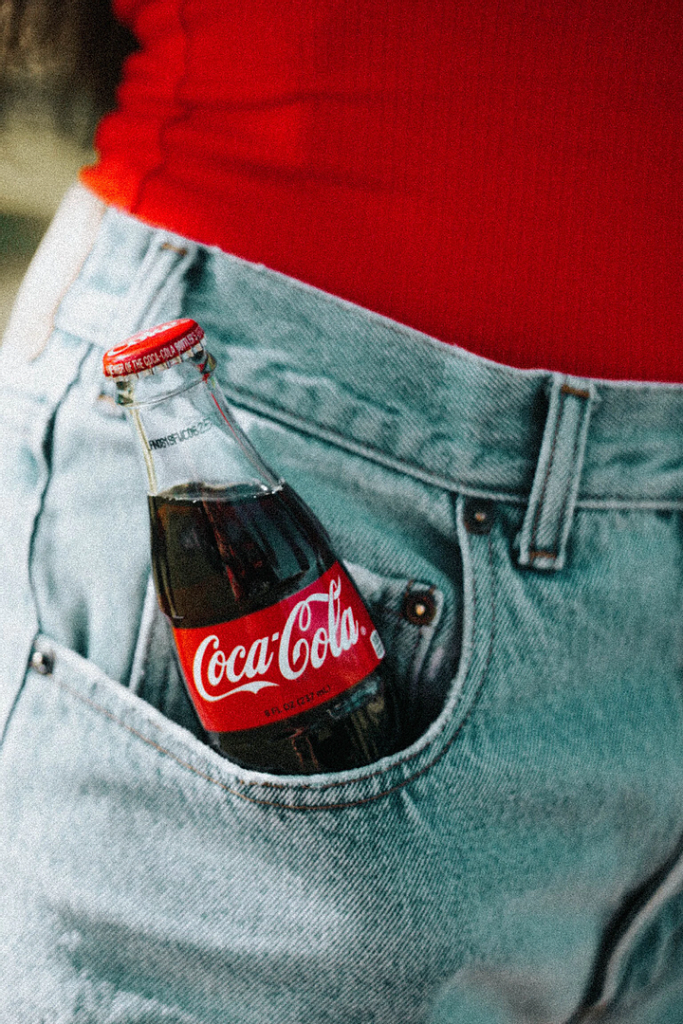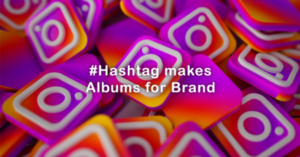![]()
We started reading story books, listening to others stories and telling stories when we were small. There are different types of promotion strategies, storytelling is one of them. Stories can always evoke people’s emotions than facts, stories can also leave a deep impression in people’s minds.

For storytelling advertising, many ads use emotional appeal as the basis of the ads. These kinds of ads can stimulate audiences’ positive or negative emotions and make the audiences receive messages unconsciously, thereby eliciting audiences’ purchasing desires as well as building up brand recognition. Positive emotions include happiness, warmth, love, encouragement, pride and so on. Through the ads, it is expected that the audiences can imagine or feel the positive emotion brought by the products or services. Take Coca-Cola Hong Kong as an example, Coca-Cola has been using “Share More Happiness” as the theme of a range of ads. In 2017, Coca-Cola Hong Kong introduced an ad illustrating a group of friends having fun and enjoying good food together with Coca-Cola, which created a joyous atmosphere. While negative emotions include worry, anxiety, embarrassment, stress, anger and the like. For ads with negative emotions, the writers of the stories usually bring up some problems that we possibly will face in our daily life and by using the products or services, the difficulties are overcome which makes the audiences feel the products or services are trustworthy and effective.

It is not hard to see writers using plot, twists, and turns which are quite essential, in their stories. “Hero’s Journey” is another common way to design the story plot. “Hero’s Journey” is always used in writing myths. The protagonist starts his/her adventure and is faced with evil, but with some superpower, the protagonist defeats the evil and brings the victory home. For ads, usually, there is the main character facing difficulty and solves the problem by the companies’ products or services. These ads are always being used to promote healthcare products, insurance or financial services. Konew Financial Express also filmed a 2-minute promotion video this year. A man is in a financial strait and his wife’s friends tell his wife to leave the man but the wife does not, by the mortgage, the man solves his financial problem and repays the loan very soon, they live happily ever after. Audiences can stand on the viewpoint of the characters and be the ‘heroes’ of the stories. Brands can also consider reach their loyal customers and interview them for their experiences. These experiences sound more realistic than stories to audiences.
It is not that hard to write a story, the most challenging part is how to deliver your story in less than a minute and impress the audiences. The advertising fee is extremely expensive, 5-second TV ads can cost tens of thousands, not to mention those are 30 seconds long or even longer. Therefore, more and more companies simply choose taking microfilms and play them online. Companies usually play trailers on TV to evoke curiosity and attract the audiences to watch the microfilms on YouTube or Facebook. This helps lower the cost and increase the click rate and traffic of the channels and websites.
Despite the fact that it takes a lot of effort to use storytelling marketing, marketers may even have to spend more time to work out the ads than a simple informative ad, the marketers can instill the concept of the brands through the ads. Thus, the power of stories must not be underestimated.




